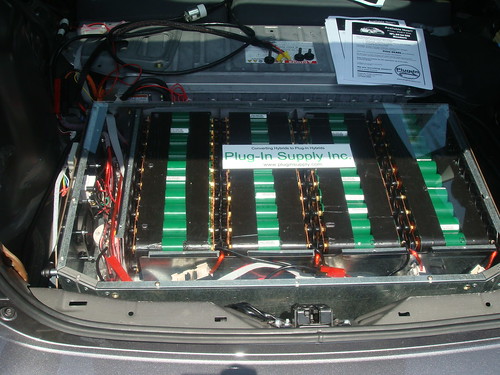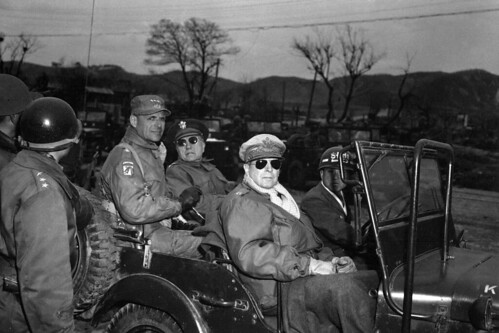Bloomberg reported today that “China's economy, the biggest contributor to global growth, expanded at the slowest pace in five years as the financial crisis cut demand for exports. Gross domestic product rose 9 percent in the third quarter from a year earlier.”
Economy caught SARS?
To juice up the news, Bloomberg said that “China's expansion was the weakest since the severe acute respiratory syndrome, or SARS, epidemic slashed growth in the second quarter of 2003.”
To old China hands, this conjures up some of the worst memories, when China came to a grinding halt for months, while everybody had to stay home and was allowed to go to the shop once a week with guns pointed at you, worn by soldiers in HAZMAT gear. Can’t get any worse than that.
Only 9% growth?
The
New York Times rightly said: "Policy makers in almost any country except China would be delighted with 9 percent growth, particularly given the financial turmoil that was worsening at the end of the third quarter." Well, maybe not: A 9% rise of GDP would make the rest of the world scared that central bankers will raise interest rates to stem off inflation.
Only 9% growth? China simply goes from an unsustainable, unhealthy and inflationary double digit growth to a healthier level.
Sure, export growth in China slowed substantially. It had to. Since the second half of 2007, the Chinese government tried everything to push down exports to a more sustainable level.
However:
- Retail sales in China rose 23.2 percent in September from a year earlier, matching the gain in August and close to the fastest pace in at least nine years.
- Urban disposable incomes for the first nine months rose 14.7 percent to 11,865 Yuan from a year earlier. Rural cash incomes climbed 19.6 percent to 3,971 Yuan.
- The formerly red-hot Chinese light vehicle market (which includes passenger vehicle and light commercial vehicle segments) is expected to slow in 2008, but it still will grow at very healthy rates. J.D. Power expects Chinese light vehicle sales to come in at 8.9 million units in 2008, which would be an increase of 9.7 % compared to 2007.
- Much of the decline in exports had been caused long before the U.S. meltdown. The cause was the appreciation of the RMB, which was actually a reflection of the rapid depreciation of the USD which took place until July 2008. As
gasgoo.com said, "For most local auto parts makers, the impact on exports brought by the demand slowdown of the global market triggered by the financial crisis will be less than that of the RMB appreciation." It’s just that nobody was looking.
The stock market knew it long before.
The Chinese stock market could crash from 6000 at the beginning of 2008 to around 2000 now without anybody outside the country batting an eye. Since January, the Chinese stock market lost more than 60%, and nobody wanted a bail-out.

The Dollar comes back. The Yuan barely moves.
If anybody has noticed, the USD took a sharp turn and appreciated dramatically since July. Now is this reflected in the USD/CNY currency pair? Have a look at the chart:

Until July, the Yuan pretty much appreciated against the USD as the Euro did. The Dollar went down, the Euro and the Yuan went up.
What happened when the USD started rising like mad, starting in July? The USD/CNY rate barely budged. The EUR/CNY rate did move.

Bloomberg says that the Chinese "central bank has stalled gains by the Yuan against the Dollar since mid-July, protecting jobs in export industries."
Hmmm. The chart says they did just the opposite. When the Yuan should have gone down sharply against the USD along with the other currencies (except the Yen, but that's a different story) the Yuan barely moved.
The chart says that the Chinese central bank may have propped up the Yuan against the US Dollar. China also took other measures to cool down their overheating export machine, such as not refunding parts of the VAT for exports, and actually charging export tax on certain items.
Yuan due for a fall.
Expect the USD/CNY rate to change radically within the next months, latest after the U.S. elections. We expect the Yuan to drop against the USD, the easiest way for the Chinese government to make Chinese exports more attractive. In the first half of 2008, this would have been a rather unpopular move. But now, the world has other problems than watching the CNY/USD currency pair. The New York Times opined: "With the United States heavily dependent on China to buy the Treasury bonds needed to finance a bailout of the American financial system, the Bush administration has stopped criticizing China’s trade and currency policies."
If anyone does complain, the obvious explanation is that in light of the strength of the Dollar, the Yuan must follow suit and go down.
And when the USD will drop when America will crank up the presses to print money to finance the bailout and two wars, the Chinese can keep the USD/CNY level, and make their goods even cheaper in Euro terms.
More toggles to be switched
Likewise, the tax measures designed to dampen exports are expected to be lifted. Sharply lower commodity prices and equally lower transport prices make low wage countries like China even more competitive.
China is the country that keeps the world economy alive. The Chinese have the incentive and financial wherewithal to keep it that way. They have nearly unlimited room to grow, while Western markets are saturated and while especially European and Japanese demographics indicate shrinking markets. Like it or not, out of this recession, China will emerge stronger than ever.










 (First published in
(First published in 



















